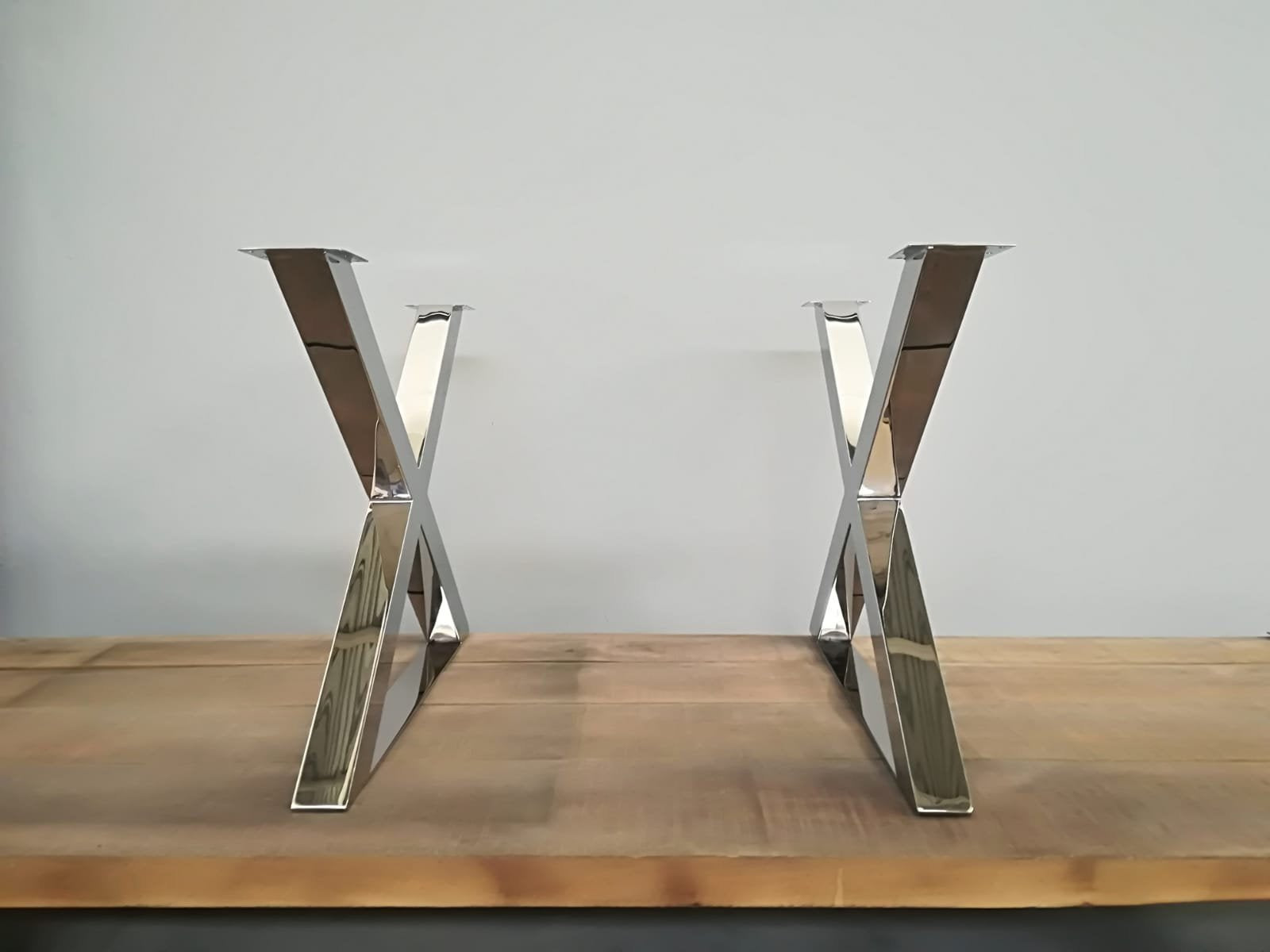From Typical to Modern: Find the Suitable Dining-room Table Legs for Your Style
While timeless layouts such as cabriole and turned legs evoke a feeling of ageless sophistication, modern styles like hairpin and geometric options offer a possibility for striking aesthetic passion. As you think about these elements, the inquiry stays: how can you flawlessly incorporate these diverse leg designs to create an unified eating experience?
Comprehending Table Leg Styles
The selection of eating room table leg designs can significantly influence both the aesthetic appeals and performance of the room. Each leg design adds unique visual elements and sensible features, dealing with diverse style preferences and usage needs. Understanding these designs is critical for selecting the right table that straightens with your general interior design vision.
As an example, conical legs use a clean, timeless appearance that can improve a space's beauty, while pedestal bases provide stability and maximize legroom, making them optimal for smaller rooms. Hairpin legs, a characteristic of mid-century modern-day design, introduce a commercial panache, permitting for an airy, open feel. In a similar way, trestle legs stimulate rustic charm, supplying robust support and a feeling of timelessness.
Additionally, the option of products plays a considerable function. Wooden legs can bring warmth and appearance, whereas steel choices often share a sleek, modern vibe. Inevitably, comprehending table leg styles is crucial for creating a natural eating area that mirrors personal style while making certain practicality and comfort. By thoughtfully taking into consideration these components, you can boost both the functional and aesthetic appeal of your eating room.
Conventional Table Leg Options
When choosing eating room table legs, typical options usually embody classic style and workmanship. These layouts show a rich heritage and a dedication to top quality, making them optimal for those who appreciate classic visual appeals.
One of the most famous standard leg styles is the cabriole leg, identified by its stylish bent form. This layout often features attractive carvings and is most typically discovered in Queen Anne and Chippendale furnishings. One more popular alternative is the transformed leg, which boasts a series of smooth, rounded shapes that offer a classic look while preserving stability.
In addition, the straight leg, while simple, provides a tough and basic framework that can blend seamlessly with a selection of tabletop styles. For those drawn to ornate describing, claw-and-ball feet legs stimulate a feeling of grandeur and can function as a spectacular prime focus in any kind of eating area.
Finally, pedestal bases, although not strictly legs, supply an alternate typical option that permits for ample legroom and can be wonderfully carved. Each of these standard leg designs adds to check that the general atmosphere of a dining area, marrying feature with aesthetic charm.

Modern Table Leg Styles
Modern table leg styles offer a diverse variety of designs that highlight innovative products and clean lines. These designs often prioritize functionality while working as striking prime focus within an eating space. Minimalist looks are common, with legs crafted from materials such as steel, glass, and engineered wood, which add to a modern and ventilated feel.
One popular layout is the barrette leg, identified by its slender, tapered framework that supplies stability without overwhelming the tabletop (dining room table legs). This style is frequently found in mid-century contemporary furniture and can effortlessly complement numerous table shapes. One more fad is making use of geometric shapes, where legs may tackle angular or asymmetrical forms, including aesthetic interest and a touch of virtuosity
Mixing Styles for One-of-a-kind Rooms
Commonly, property owners seek to produce special eating rooms that mirror their individual design by mixing different style elements. This method permits the consolidation of diverse looks, leading to a harmonious yet unique atmosphere. For example, coupling a rustic wood table with sleek, modern steel legs can create a captivating contrast that boosts the room's overall appeal.
Furthermore, integrating vintage table legs with contemporary table tops can stimulate a feeling of history while maintaining a modern perceptiveness. Such combinations not just showcase private preference but also urge creativity, enabling homeowners to curate navigate here an area that feels both individual and inviting.
Color plays an essential function in this blending process; selecting table legs that match or contrast with the existing shade plan can improve aesthetic rate of interest. Whitewashed legs can soften the boldness of a dark table surface, developing a balanced visual.
Tips for Picking the Right Legs
Selecting the right table legs is necessary for accomplishing both performance and aesthetic charm in your eating area. Begin by considering the general design of your area. Standard setups profit from legs that include complex carvings or turned designs, while contemporary areas may ask for sleek, minimalist designs.
Following, examine the elevation and security of the legs. dining room table legs. Typical eating tables vary in between 28 to 30 inches in height, so ensure the legs match this dimension for comfort. Furthermore, durable products, such as hardwood or steel, can improve stability and durability
Assess the leg shape also-- anonymous choices include straight, tapered, or stand designs. Straight legs provide a classic appearance, while tapered legs can include a touch of beauty. Pedestal bases offer sufficient legroom and are perfect for smaller spaces.
Conclusion
In recap, choosing the suitable eating room table legs calls for careful factor to consider of both modern-day and traditional styles. By harmonizing leg style, height, and material with the general decoration, a natural and welcoming environment can be accomplished.
The range of eating room table leg designs can significantly influence both the looks and functionality of the room. Inevitably, comprehending table leg styles is essential for producing a natural dining location that mirrors individual design while ensuring functionality and convenience.One of the most famous standard leg designs is the cabriole leg, defined by its graceful rounded shape. Straight legs offer a traditional look, while conical legs can add a touch of sophistication.In summary, choosing the excellent eating room table legs calls for careful consideration of both traditional and modern-day styles.